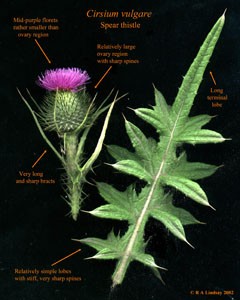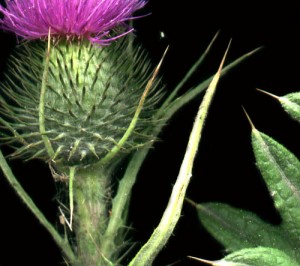There is concern about a growing ‘identity crisis’ within the environmental world because the number of people capable of correctly identifying species in the field is rapidly diminishing. Traditional ‘natural history’ skills and field botany are now rarely taught either at school or university, for example, because these are seen as old an out-dated subjects. If you cannot identify something, how can you hope to conserve it – or even value it?

 In teaching my former students these essential field identification skills during the winter months, a colleague (Germain Mesureur) and I hit on a way of introducing the students to living plant specimens even in the depths of winter. We scanned the living plant directly on a flat-bed scanner. This sounds easy but there are many issues to overcome. Nevertheless I have gone on to scan a significant proportion of the British flowering plant species, plus even some Sphagnum mosses. These scans allow you to crawl about within the plant using a digital image viewer such as Windows Photo Viewer because the scans are very high resolution, but it is also possible to have access to different layers of labels if you make use of multi-layer image processors such as Photoshop Elements or the free pixlr.com. The photo gallery of these scans will take time to produce, but here are one or two low-resolution examples for the moment, illustrating to some degree the zoom scaling possible, though the scaling is far more spectacular with the original files.
In teaching my former students these essential field identification skills during the winter months, a colleague (Germain Mesureur) and I hit on a way of introducing the students to living plant specimens even in the depths of winter. We scanned the living plant directly on a flat-bed scanner. This sounds easy but there are many issues to overcome. Nevertheless I have gone on to scan a significant proportion of the British flowering plant species, plus even some Sphagnum mosses. These scans allow you to crawl about within the plant using a digital image viewer such as Windows Photo Viewer because the scans are very high resolution, but it is also possible to have access to different layers of labels if you make use of multi-layer image processors such as Photoshop Elements or the free pixlr.com. The photo gallery of these scans will take time to produce, but here are one or two low-resolution examples for the moment, illustrating to some degree the zoom scaling possible, though the scaling is far more spectacular with the original files.
